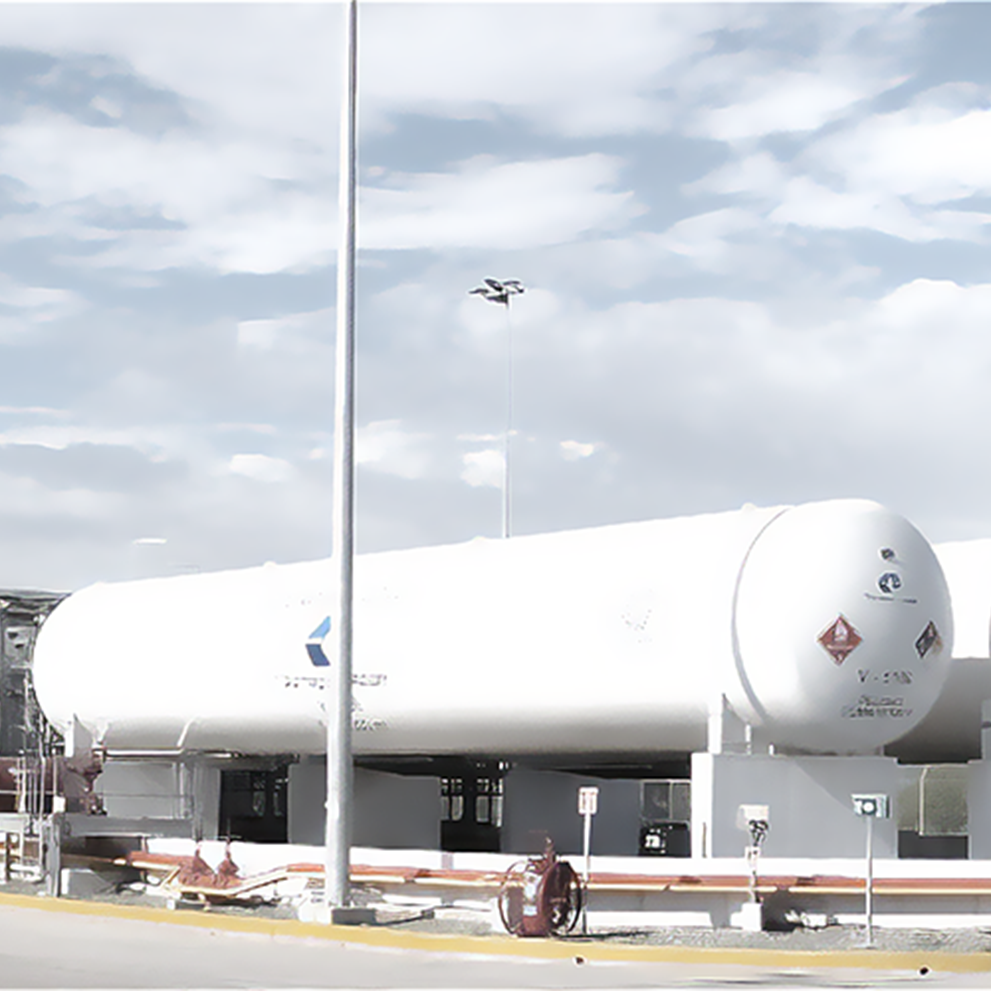Biomethane liquefaction – Cryopolish
Description
The cryo-polish process involves the use of cryogenic temperatures to selectively remove impurities, such as carbon dioxide, hydrogen sulfide, and water vapor, from the biogas stream. By leveraging the different condensation points of these components, the cryo-polish technique can effectively purify the biomethane, resulting in a higher-quality product that meets stringent industry standards.
Cryo-polished biomethane liquefaction is an innovative technology that offers significant advantages in the production and utilization of renewable natural gas. This process involves the cryogenic treatment of biomethane, which enhances its purity and energy density, making it a more efficient and environmentally friendly fuel source.
One of the primary benefits of cryo-polished biomethane liquefaction is the increased purity of the final product. The cryogenic process effectively removes impurities such as carbon dioxide, hydrogen sulfide, and other contaminants, resulting in a biomethane stream that meets the highest quality standards. This improved purity translates to higher energy content and reduced emissions when the fuel is combusted.
Additionally, the liquefaction process allows for more efficient storage and transportation. Liquefied biomethane occupies significantly less volume compared to its gaseous counterpart, making it a more practical choice for long-distance transportation and storage in confined spaces.


